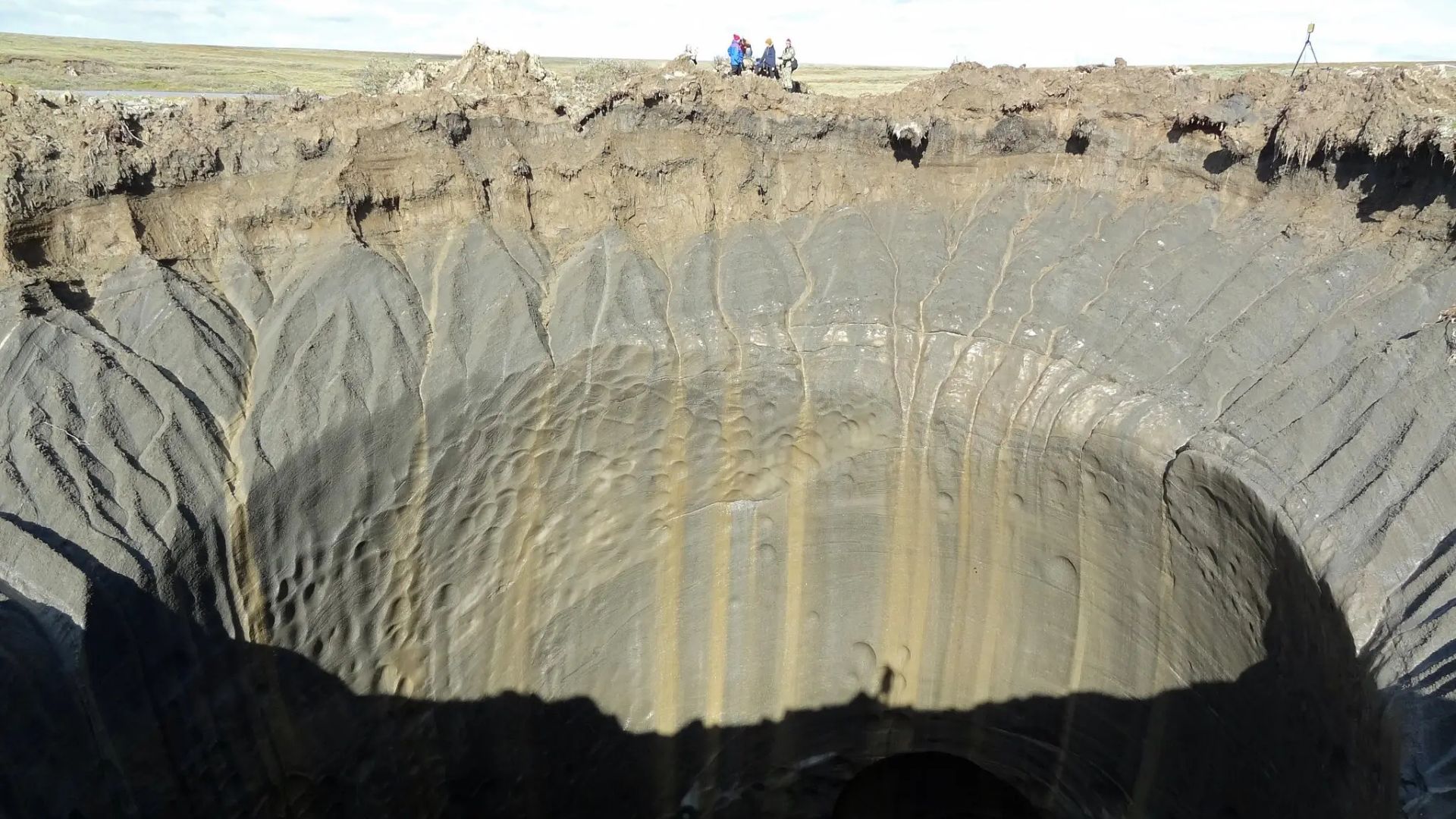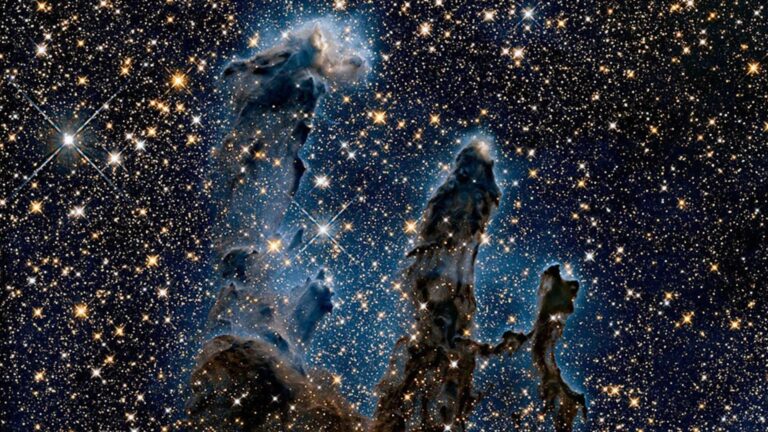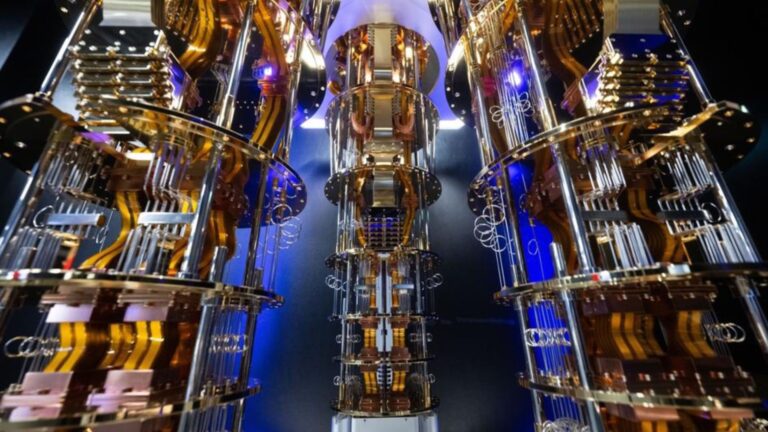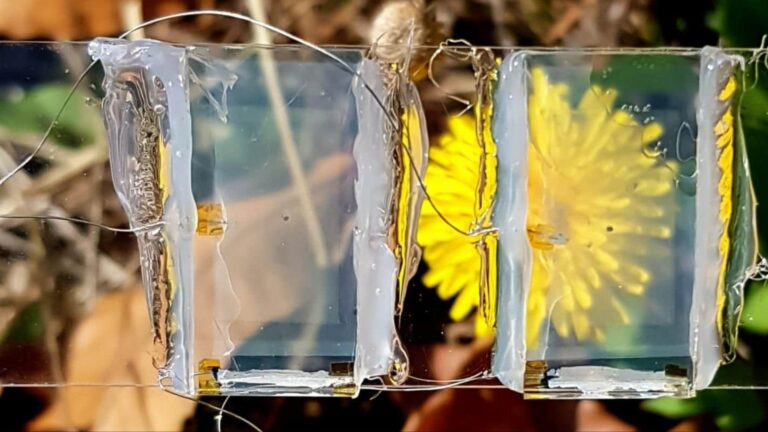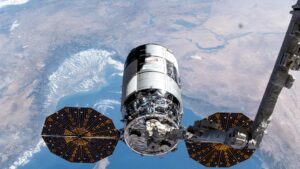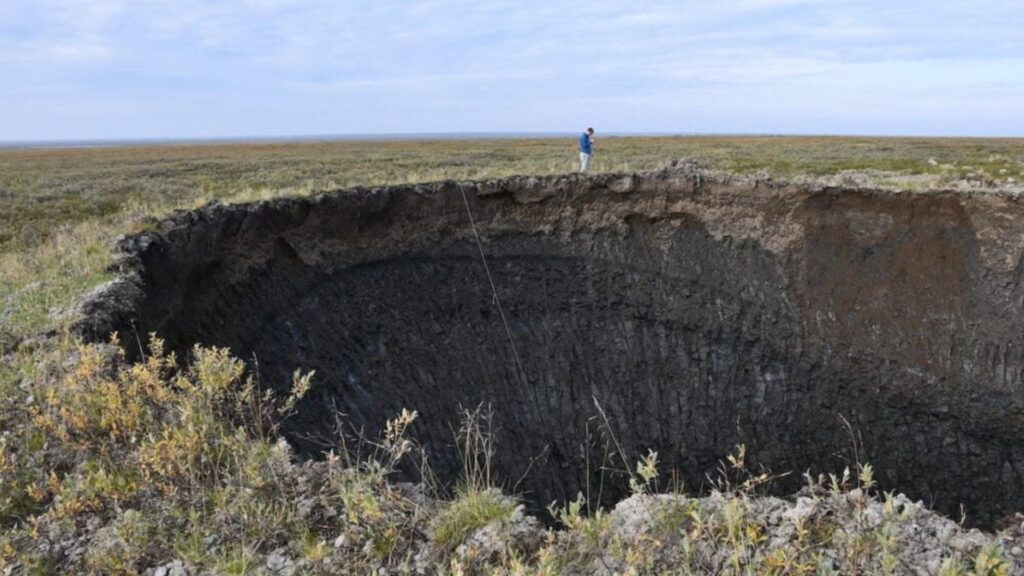
A sudden explosion that hurled ice and soil across a remote Siberian tundra in 2014 has long puzzled geologists. Now, an international research team has pinpointed the mechanism driving more than two dozen similar craters on the Yamal and Gyda peninsulas: pockets of deep heat and methane rising along subterranean faults accumulate beneath frozen permafrost caps, only to burst forth like “popped champagne corks” when seasonal thaw weakens the icy seal (New York Times).
Fault-Driven Heat and Gas Accumulation
Lead author Helge Hellevang of the University of Oslo synthesized decades of Russian and English field observations with high-resolution numerical models to evaluate crater formation. His team found that permafrost-internal processes alone cannot explain craters exceeding 45 meters in depth and several hundred meters in diameter. Instead, heat migrating upward along deep fault zones concentrates beneath saline cryopegs—brine-rich layers that remain liquid down to –10 °C. There, methane and other gases accumulate in pressurized cavities capped by permafrost.
“As meltwater penetrates each summer, it increases pressure in those subsurface chambers until the icy lid fails catastrophically,” Hellevang explained. His models reproduce the explosive ejection patterns and debris fields observed in the field, confirming that fault-borne geothermal heat is a key driver of these dramatic eruptions (Gizmodo).
Arctic Warming Amplifies Explosion Risk
The Arctic is warming nearly four times faster than the global average, causing the active topsoil layer above permafrost to deepen, become wetter and weaken structurally. A January study in Nature Climate Change found that 30–40 percent of the Arctic-boreal zone now emits more carbon than it absorbs during summer, driven by thaw-induced methane and CO₂ releases. Western Siberian monitoring stations have recorded early-summer methane spikes approaching 2 percent annual increases since 2004.
Although Yamal and Gyda crater blasts contribute minimally to global greenhouse emissions, methane’s 80-times greater heat-trapping potency over two decades makes even rare explosions potent regional amplifiers of warming. “As surface permafrost thins, more of these pressure-release events are likely,” Hellevang warned.
Ongoing Fieldwork and Competing Theories
Researchers are racing to deploy seismometers, gas sensors and temperature probes around existing craters to capture eruption precursors and measure year-round gas flux. Some scientists, however, question whether deep faults alone supply sufficient heat. Alternative hypotheses attribute explosions to osmotic pressures within cryopeg brines or to shallow gas accumulations trapped by impermeable ice lenses.
Yet most agree that a thinner, more saturated active layer elevates the risk of blowouts. “Even if the precise heat source is debated, the outcome is clear: Arctic warming is making the tundra more bomb-proof and more explosive,” said climate geochemist Natalia Shakhova, who has studied Siberian methane seeps.
Implications for Arctic Infrastructure and Climate Feedbacks
Beyond scientific intrigue, explosive permafrost craters pose hazards for pipelines, roads and settlements in northern Russia. Remote monitoring remains limited, so advance warnings are virtually nonexistent. Engineers must now factor in crater-formation zones when planning Arctic infrastructure.
Moreover, each methane eruption, however localized, feeds back into regional warming, accelerating further permafrost degradation. “These explosions are dramatic but rare—for now,” Hellevang noted. “They are harbingers of a thawing landscape, one crater at a time.”
As the Arctic continues to warm, understanding and monitoring these explosive processes will be critical for both climate models and the safety of communities living on the edge of Earth’s frozen frontier.




